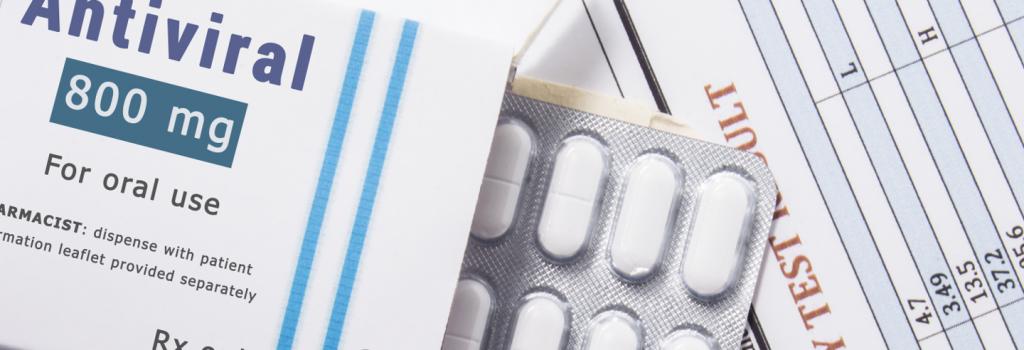What triggered you to write this article on the evolution of HIV drug development and access in the United States?
Global health faces many challenges. The history of the global response to the HIV pandemic provides instructive examples for navigating obstacles and finding solutions. The history of HIV has become a touchstone case in conversations about the vital role of public-private partnerships and improving global health governance. However, this history also highlights several shortcomings that we must reckon with. In high-income markets, we have had access to effective HIV therapy for decades, yet today, just over half of the people living with HIV around the world have access to these therapies. By highlighting the successes and the failures of this market, I hope to inform the global response, not only to HIV, but for ensuring health equity.
What contributions does this article make to the existing literature on drug development and medical anthropology?
Public sector support for drug development is a central issue in debates about pharmaceutical innovation and access. We know that federal governments fund a huge amount of biopharmaceutical innovation, including through grants to research universities. We also know the private sector has realised significant benefits, including as public investment in R&D “de-risks” the path to commercialisation for new therapies. However, most analyses of these issues concern either drug development or access. In this article, I traced the historical and contemporary role of the US public sector, not only in supporting drug development, but also in expanding access to life-saving therapies. Drawing from scholarship in the social science of medicine, my intention was to expand the scope of analysis and more comprehensively illustrate how public resources support pharmaceutical markets, not only through resource expenditure, but also through political will and effective regulation, which has streamlined drug development and opened new opportunities for access in high-, middle-, and low-income countries. Lastly, I needed to show how progress in expanding access has been stifled by the rise of austerity.
Can we observe a similar shift towards austerity elsewhere than in the United States?
Austerity is a global problem and its effects cascade across economies, affecting all areas of health. While we saw steep growth in development assistance for health after the turn of the century, since the financial crisis all foreign spending on health has plateaued. Public sector spending by the United States is only the most glaring example. Similar trends are evident in foreign spending by most OECD countries. Meanwhile, low- and middle-income countries have been pressured to capture and mobilise more domestic resources for healthcare. But we know that won’t be enough. In addition to foreign aid and domestic resources, we need significantly more capital to realise the goals of the SDGs and achieve universal health coverage. To push global health spending from billions to trillions, some are turning to institutional investors and devising innovative strategies to leverage private capital to meet our collective health needs.
Based on the findings of your article, could you briefly share with us about the future avenues of medical anthropology research in this area?
We need to understand more about the challenges and opportunities of financing global health to meet the goals of the SDGs. This research will demand interdisciplinary inquiry and could take many forms. At the Global Health Centre, we have recently launched a new research project, which draws from theory in anthropology and sociology to examine the impact of finance on global health. Like the research we’ve discussed here, our team is focused on diagnosing contemporary issues in global health through the example of pharmaceutical markets and tracing the effects on the response to several diseases. In our new project, the HIV treatment market is a “control” case. We will take what we know about this market to better understand other pharmaceutical markets, including for HIV prevention, Ebola, and antimicrobial resistance (AMR).
* * *
Full citation of the article
Whitacre, Ryan. “From Advocacy to Austerity: The New Role of the US public sector in HIV Drug Development and Access.” Global Public Health (2019): 1–11. doi:10.1080/17441692.2019.1704820.
Interview by Bugra Güngör, PhD Candidate in International Relations and Political Science; editing by Nathalie Tanner, Research Office.
Banner picture: excerpt from a picture by Shidlovski/Shutterstock.com.


